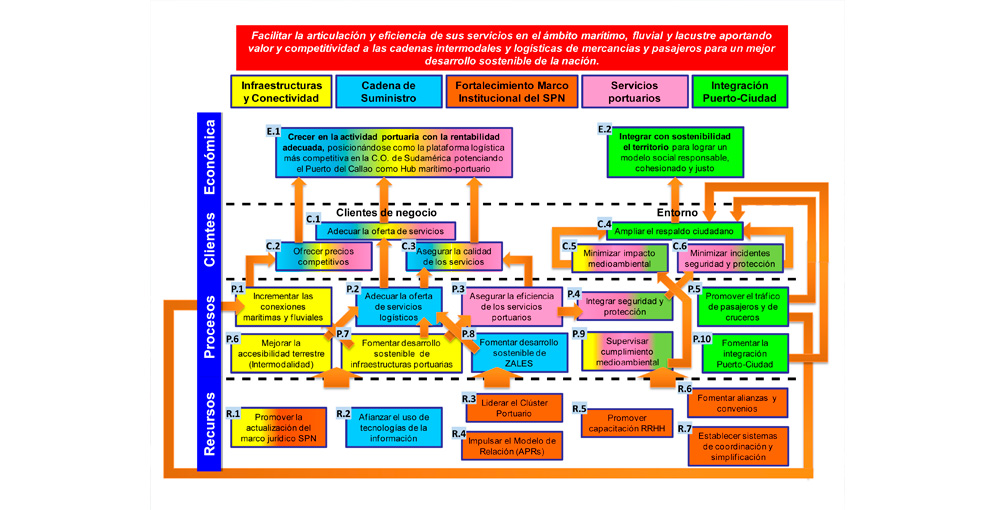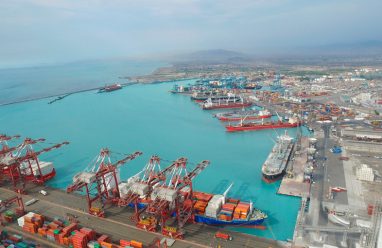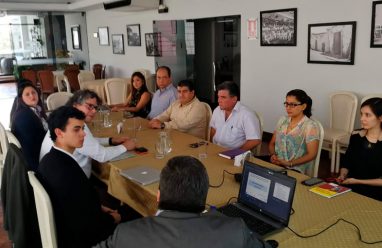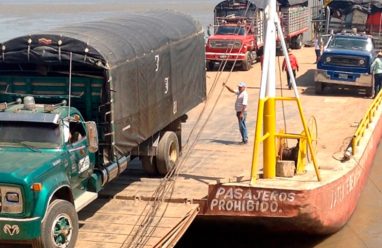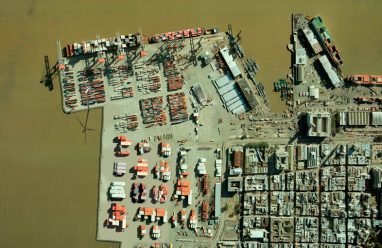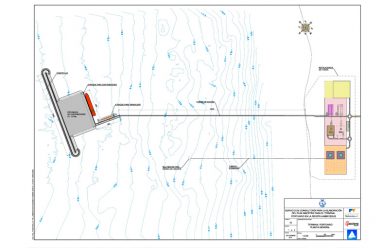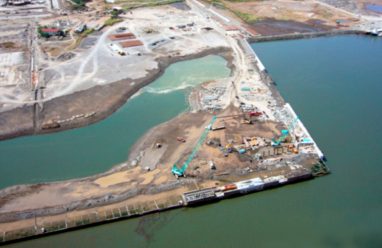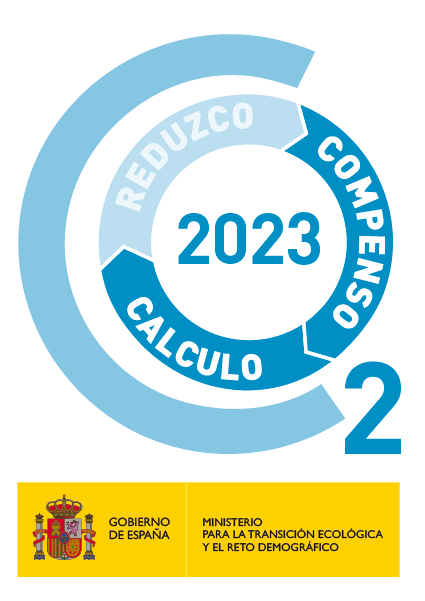In early 2003, the Peruvian government initiated a process of reforming the port sector, with the aim of modernizing the National Port System and ensuring port services met certain quality standards, in line with international levels. The ultimate objective was to improve inter-port competitiveness and thus contribute to increasing foreign trade.
Against this background, the National Port System Law was passed, in which the Peruvian Congress set out general guidelines for a national ports policy, highlighted the need for port development, established the institutional framework for the sector, and also created the National Port Authority (APN by its initials in Spanish). The aim was to institutionalize the port reform process and to ensure the proposed objectives were achieved.
The National Port System Law assigned various functions to the APN, one of which was to produce the National Port Development Plan (PNDP in Spanish), approved by Supreme Decree in 2005. Said plan is a dynamic, flexible technical document and is subject to annual evaluation.
The main aim of this project is to contribute, guide and provide technical support to the APN as it updates the PNDP for use in port planning and management.
In the processes of reflection, discussion and updating of the PNDP, the aim was to involve all related agents, companies and entities, both public and private. The idea behind the collective nature of this shared project was to ensure that the final version of the plan reflected the real, current and foreseeable demands of the Peruvian economy and society. The implementation of said plan should thus facilitate decision-making that responds to genuine national interests.
This multi-sectoral, multidisciplinary participation, which was stipulated as a methodological requirement, was aimed at promoting greater group cohesion in the Peruvian port community.
Thus, in order to establish the strategy for the National Port System (SPN) of Peru, the methodology applied involved holding internal workshops with the APN, as well as external ones with the country’s port cluster, that is, the representatives of the main actors related to port activity in Peru, from both the private and public sectors.
The methodology employed in the process of updating the PNDP is presented in the following diagram:
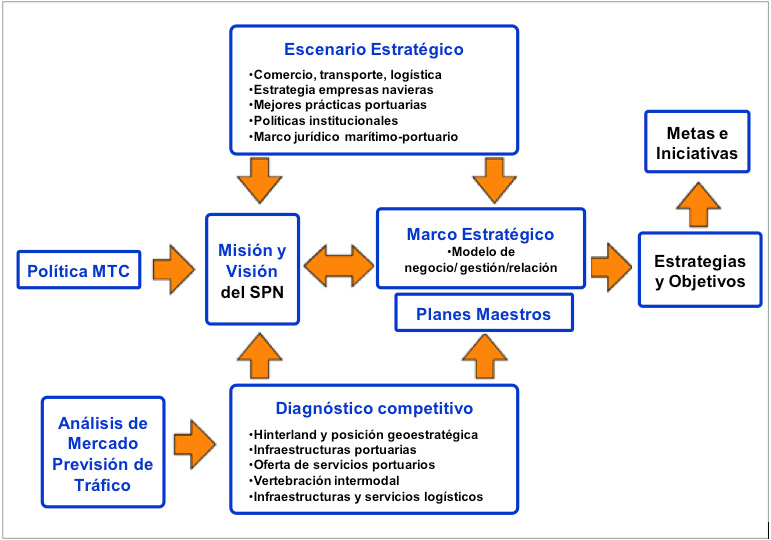
Work began by defining the strategic scenario, identifying trends in transport, trade, logistics, shipping company strategy, best practices for ports, institutional policies, etc. This information was used as a guide when constructing the Vision, Mission and Strategic Framework of the Peruvian port system. The following topics were analysed:
- Trade, transport and logistics
- Strategy of shipping companies
- Best practices for ports
- Institutional policies
The main aspects derived from this analysis are shown in the following diagram:
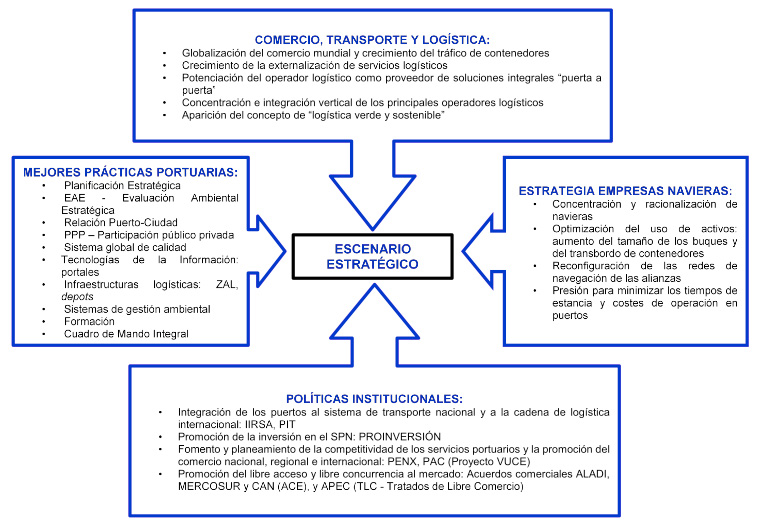
The contents related to the legal framework for ports were analysed in working groups set up for that purpose.
At the same time, Fundación Valenciaport carried out a study on demand and traffic forecasts (Demand Forecasts for the National Port System of Peru), which was formally constituted as a separate project. On the one hand, the results of that study were in themselves essential for the PNDP update; on the other, they also provided a source of reflection for later phases of the project on the future needs and positioning of the SPN over a 20-year time horizon.
The competitiveness assessment exercise was undertaken through a SWOT analysis focusing on five key factors of competitiveness (potential of the hinterland and geostrategic position; availability of port spaces and infrastructures; supply of port services—quality, safety, information technologies, etc; intermodal structuring—land access to ports and supply of shipping connections; and supply of logistic services and infrastructure). It also focused on two fundamental aspects of the strategic scenario (institutional policies and the port-maritime legal framework).
Based on the port-maritime legal framework itself and the policy of the Ministry of Transport and Communications, this project involved constructing the business, management and relationship models that make up the Strategic Framework, and implementing it in certain ports through the approved Master Plans.
In addition, the SPN strategy was defined within the formal framework of a new project (Formulation of the development strategy for the National Port System), which was clearly linked to the overall project. To that end, strategic planning methodology was applied in order to define the Mission and Vision of the SPN, strategic directions, strategic objectives, indicators, goals, and strategic initiatives, as shown in the following diagram:


